The star-nosed mole (Condylura cristata) is an animal that has amazed me since childhood, and not unlike the osprey of my last review, a species I always wanted a figure of. I am genuinely surprised it took this long for one to be produced. Maybe there have been others, I am not privy to every animal figure or toy produced throughout history, but today’s 2024 model by Takara Tomy A.R.T.S.
Brand: Takara Tomy A.R.T.S.
Brazilian Three-banded Armadillo (ANIA Animal Adventure by Takara Tomy A.R.T.S.)

Review and images by Sam; edited by bmathison1972
The Brazilian three-banded armadillo (Tolypeutes tricinctus) is a species of armadillo endemic to eastern Brazil, where it can be found in the caatinga and cerrado biomes. Contrary to popular belief, it is one of only two species of armadillo that can roll up into a ball for defense, along with the La Plata three-banded armadillo.
Asian Arowana (Monster Fish by Takara Tomy A.R.T.S.)
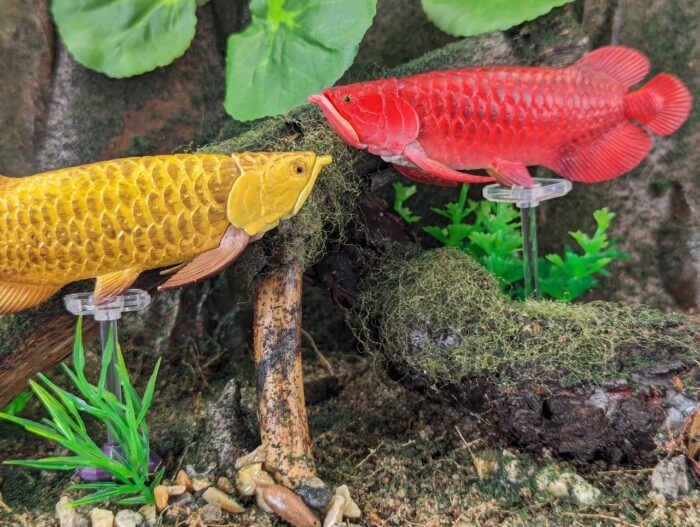
After recently discussing some Takara figures from a Monster Fish set (…the Fishing Wars) I thought I’d go into some others. So I am looking at the pair of Asian arowana figures from an earlier Takara Tomy series…also called Monster Fish (!?) but not fishing themed I guess? In fact the theme is pretty loose (the other two figures are deep sea fish…) I don’t actually have those other two, but I do like bonytongue figures.
Electric Eel (Dangerous Creatures by Takara Tomy A.R.T.S.)
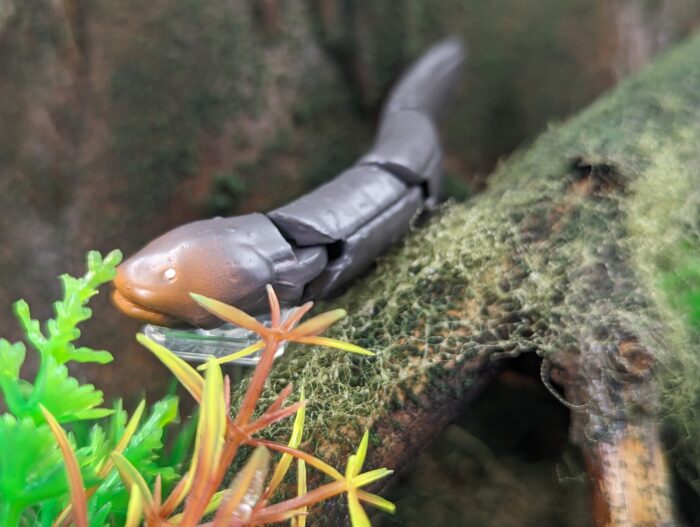
Back again with another fish from Takara, from yet another series. This one is the electric eel Electrophorus electricus (probably…a few species were separated from E. electricus in 2019, but this is the most likely species for the figure based on appearance and general familiarity). As the set name implies, it featured animals that shared the characteristic of being dangerous (to people).
Alligator Gar (World Fishing Monster Fish by Takara Tomy A.R.T.S.)

This will be a discussion of the fourth and last figure from this Takara Tomy set featuring some unique fish species that are visually or culturally striking. Based on my best attempt to translate the papers it appears to be called World Fishing Monster Fish, but take that with a grain of salt.
Kidako Moray Eel (World Fishing Monster Fish by Takara Tomy A.R.T.S.)

I recently discussed a pair of figures from a Takara Tomy set featuring some unique fish species that are visually or culturally striking. Species that are notable for being scary looking, notorious, and somehow engaging for fishing (I think). I tried to translate the papers and it appears to be called World Fishing Monster Fish, but I can’t be certain.
Goliath Tigerfish (World Fishing Monster Fish by Takara Tomy A.R.T.S.)
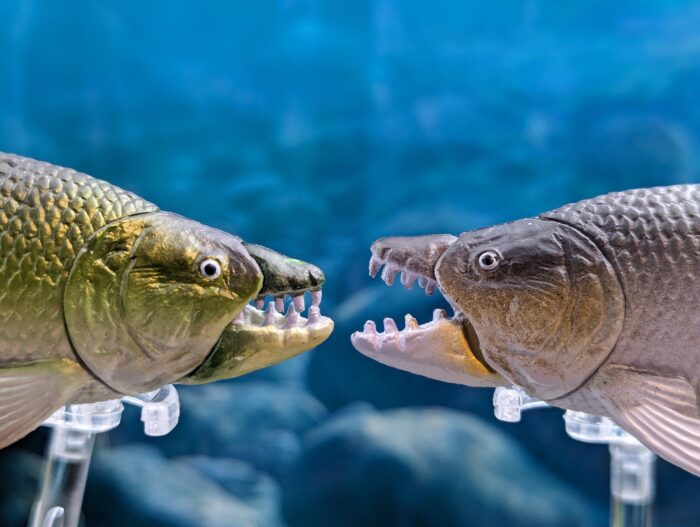
Recently, those of us that are big fans of unusual fish have been a little spoiled by Japanese sets. As is common, they are featuring some unique species that are visually or culturally striking. In this case, Takara Tomy brought us a set of fish that are notable for being scary looking, notorious, and somehow engaging for fishing (I think).
Goblin Skark (The Sharks Vol. 2 by Takara Tomy A.R.T.S.)
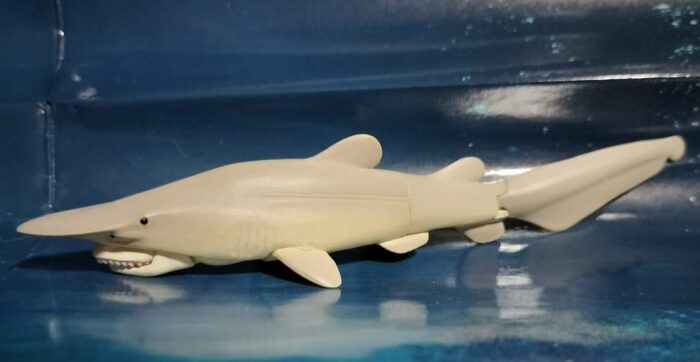
Review and images by JimoAi; edited by bmathison1972
The goblin shark (Mitsukurina owstoni) is the only living member of the family Mitsukurinidae, with other members dating back to the early Cretaceous, which is in the order Lamniformes which includes such All Stars such as the great white, mako, basking, megamouth, and others.
ASSASSIN FANG Venomous Snakes (Takara Tomy A.R.T.S.)
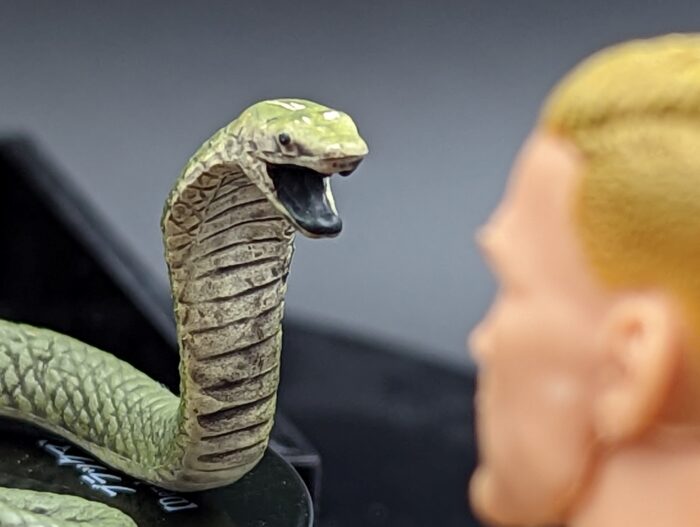
I’m a little late to the Hallowe’en party this year…but better late than never. And in that spirit, here’s a set of animals that, if you mess with them, ‘late’ could be your proper adjective. Animals that as a group tend to create a visceral if generally unnecessary fear and loathing, even though most are harmless.
Bluntnose Sixgill Shark (NHK Deep Sea Sharks by Takara Tomy A.R.T.S)
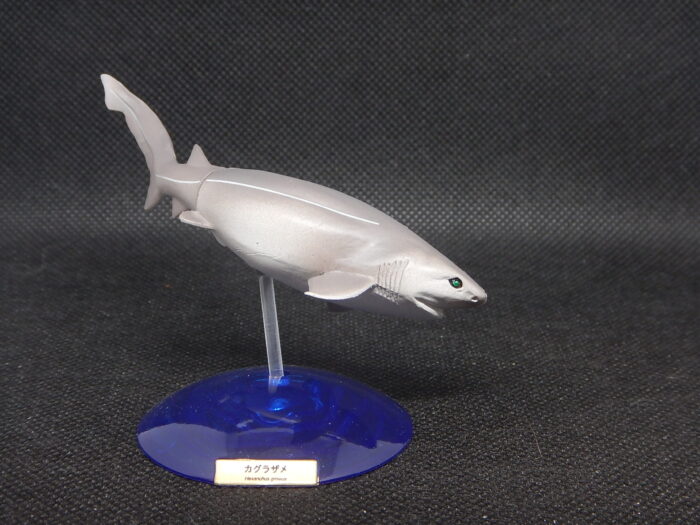
I’m actually back! It has been quite a while since I added to the blog here (amongst everything else, I’ve been busy with my own thing!) But a call went out that Shark Week was coming up, so we needed more sharks! I knew I needed in, but wanted to look at a figure, and species, that would be less familiar.
Golden-ringed Dragonfly (B.I.G. Insects by Takara Tomy A.R.T.S.)
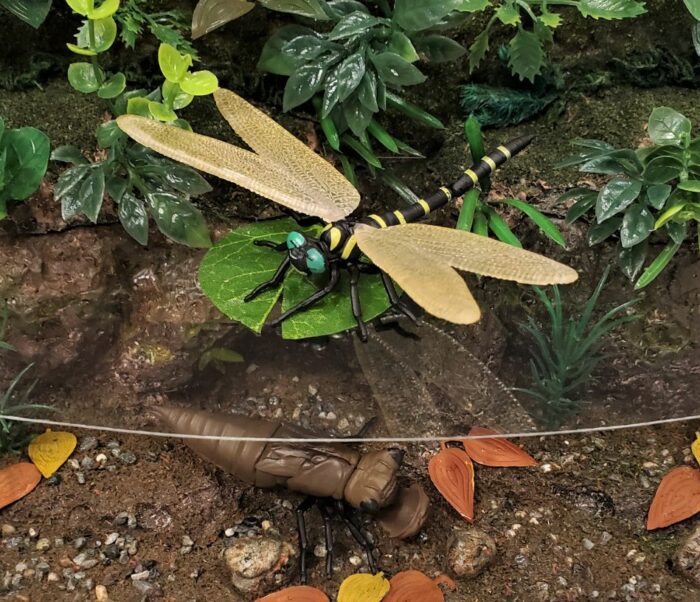
Today we are looking at a rather ingenious set of figures by Takara Tomy A.R.T.S., representing the golden-ringed dragonfly (Anotogaster sieboldii), that was released as part of their 2021 B.I.G. Insects collection. Every year, Takara releases a set of five large and articulated arthropods in the B.I.G.
Ocean Sunfish (ANIA by Takara Tomy A.R.T.S.)

Review and images by JimoAi; edited by bmathison1972
Evolution has created a lot of weird organisms and there is no place stranger to find them than in the oceans and seas: the five-eyed Opabinia, the recently described eagle shark Aquilolamna, the various deep sea life like the goblin shark and the telescope fish.




